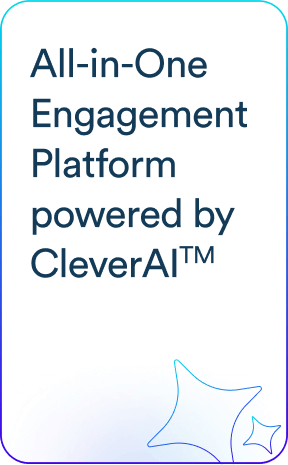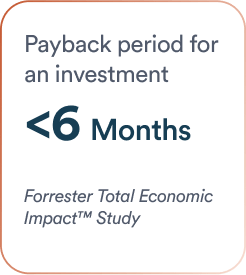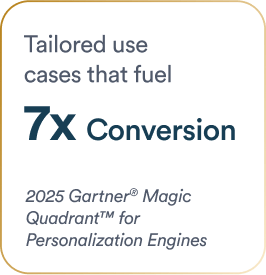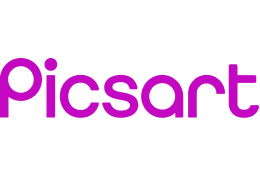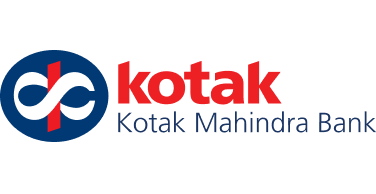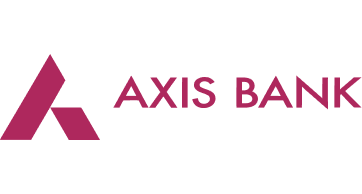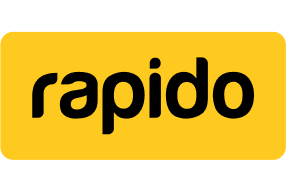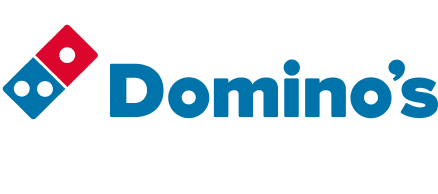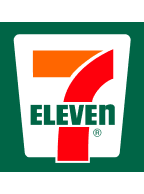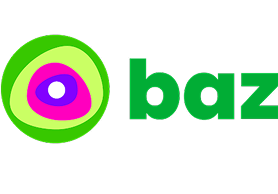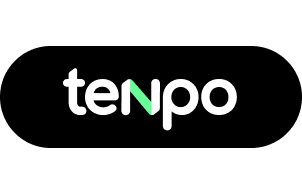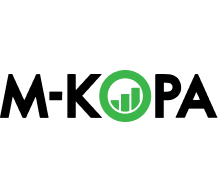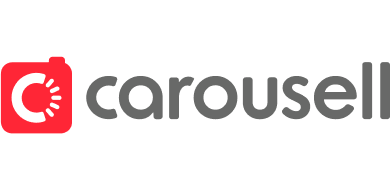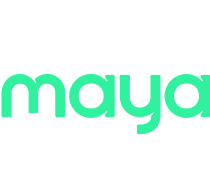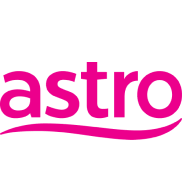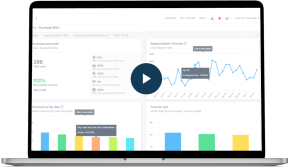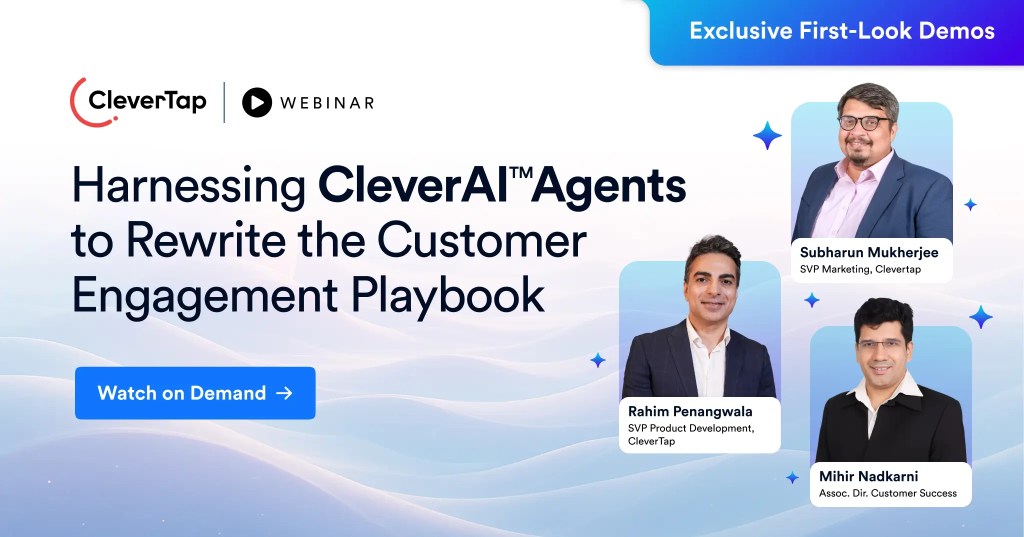“Agentic.” “Copilot.” “Autonomous AI.”
AI is already part of the modern marketing stack. What’s missing is clarity. Are these tools just helping us write faster? Can they make decisions? Can they take action? How to best use them? What else can they do?
The simplest way to understand what’s useful is to ask what it does or can do.
And the “doing” and “thinking” aspect of AI today falls on Assistants, Agents, Operators.
In this blog, we seek to break down the three and understand what each is good for.
The Hidden Gap in How Marketers Use AI
Most marketers already use AI. But most agree that they are not using it to its max potential.
In today’s marketing teams, AI plays the role of an Assistant – creating content and automating workflows.
We believe AI should do more than just lighten the “load”. It should be able to think and decide accurately, thus enabling you to execute quicker and better. And it should do all of that while aligning with your strategy and goals, the level of control your team wants, and your customer.
The Assistant: Reactive Help, Not Strategy
The Assistant is an AI system that helps you complete defined tasks through natural language processing (NLP). It responds to commands, not goals, much like a helper. It can write subject lines, summarize performance, or speed up repetitive tasks but it doesn’t analyse and/or make decisions.Assistants improve productivity, not outcomes. They’re useful at the moment but lack context or intent. They help you move faster, but only in the direction you’ve already decided to go.
We believe, in the future, the definition of Assistant AI will change to be all encompassing of AI capabilities but for now it’s known to be the most basic form of AI.
The Agent: Strategy, Niche & Autonomous
An AI Agent (thinker) is a smarter, more proactive version of an Assistant.
It doesn’t wait for instructions. It understands the goal, breaks it into logical steps, and determines the actions required (even delegating them when needed) to help you reach the outcome. It reasons, decides, and initiates action, with varying degrees of autonomy.
Powered by technologies like machine learning and natural language processing, AI agents can act independently to achieve defined goals.
Typically, Agents are built to do one thing well. They work best when focused on a clearly defined, narrow-focussed goal. That tight scope allows them to go deeper, adapt faster, and deliver more relevant guidance.
They operate with autonomy but within your strategic parameters. You set the direction. The Agent figures out how to move forward.
The Operator: From Decision to Action
The Operator is where execution happens (doer). It takes a plan, whether defined by you or by an Agent, and carries it through to completion.
Operators launch campaigns, update journeys, trigger messages, and optimize in real time. They don’t just suggest the next move — they take it. But they don’t act without boundaries.
Operators function within clear parameters. You define the rules, the limits, and the oversight model. Whether that means requiring human approval, running in supervised mode, or operating independently, the control stays with your team.
The power of an Operator lies in its autonomy with accountability. It turns strategy into action and gives teams the ability to scale execution without losing control.
The terms assistant, agent, and operator are often muddled, and their meanings will keep shifting. When someone says “agent” or “agentic,” ask what it actually does. Is it reacting, reasoning, or executing? The function tells you more than the label.
A Smarter Way to Scale ROI
We built CleverAI to address the one challenge that matters most to marketers — maximizing ROI.
Incremental optimizations aren’t enough. If every customer is unique, then every journey, message, and touchpoint needs to be just as personalized. But at scale, that’s nearly impossible — unless AI helps you do it intelligently, and at speed.
That’s why we built a modular agentic system: four agents, each solving a distinct part of the personalization challenge.
- Strategy Agents (thinker) align with your business goals and continuously chart the best path to reach them.
- Decision Agents (thinker) determine the right product, offer, or workflow for each individual.
- Creative Agents (automater) generate campaign variations at scale that feel made for one.
- Action Agents (executor) execute individualized journeys across channels, timing, and triggers.
Together, they give you the ability to individualize experiences for every customer — while keeping you in control. They’re not automations scattered across tools. They’re intelligent collaborators, designed to help you drive outcomes that matter: higher conversions, reduced churn, and greater lifetime value.
This isn’t just a framework. It’s a foundation for marketing teams ready to operate at the next level.
And we’re just getting started.
Subharun Mukherjee 
Heads Cross-Functional Marketing.Expert in SaaS Product Marketing, CX & GTM strategies.
Free Customer Engagement Guides
Join our newsletter for actionable tips and proven strategies to grow your business and engage your customers.

